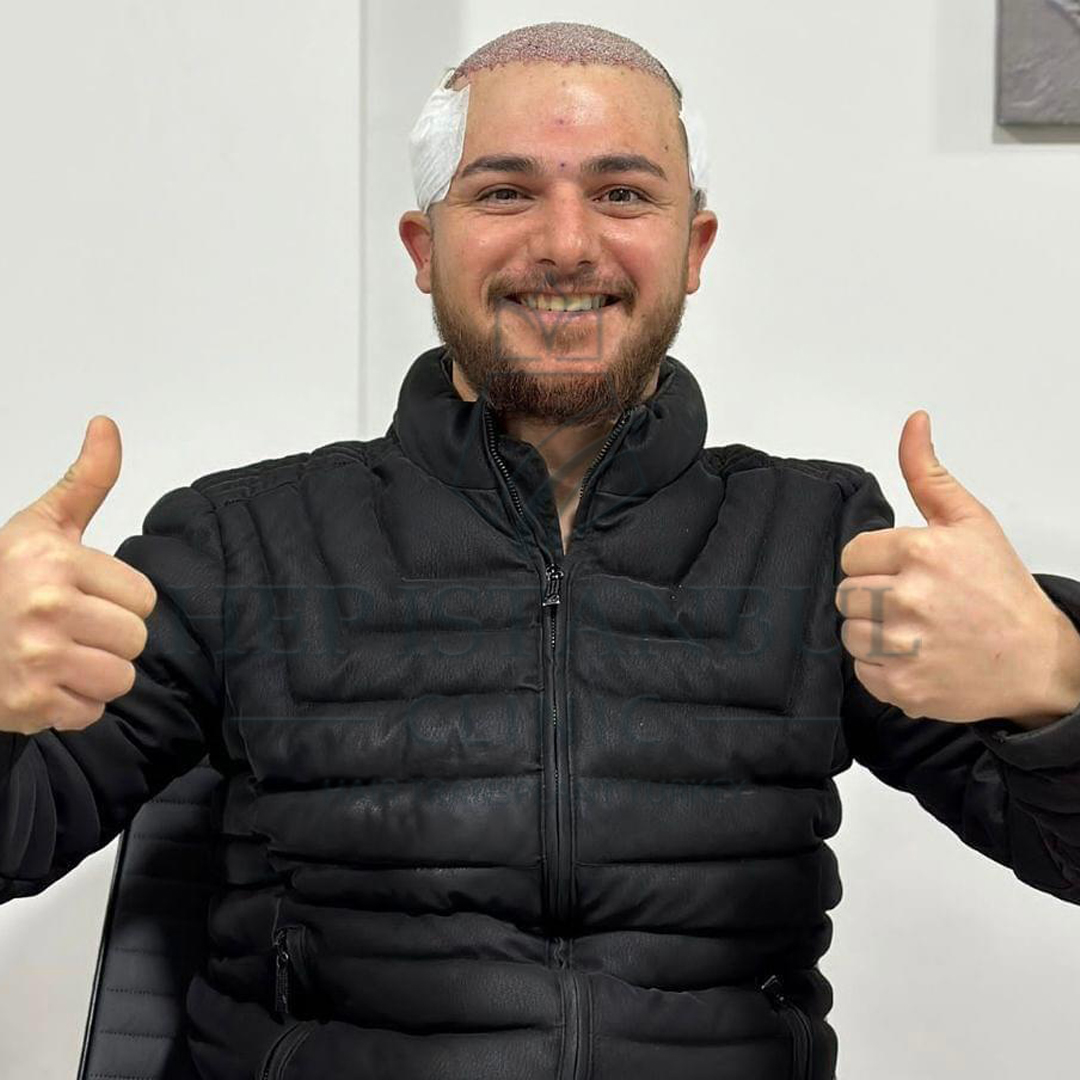Hair transplantation has become a popular and effective technique to treat hair loss and restore density and beauty to the scalp. The success of the procedure depends on many factors, including the transplantation techniques used, the skill of the surgeon, and the quality of the donor hair. In this article, we will take a deep look at how hair transplantation is performed and the steps involved in this procedure.
Hair transplant steps:
Evaluation and consultation:
The process begins with a consultation session with a doctor specializing in hair transplantation. During this session, the condition of hair loss is evaluated, the desired goals of the operation are determined, and appropriate techniques are discussed.
Planning and design:
The surgeon determines the appropriate areas for hair extraction and designs the hair transplant plan accurately, taking into account the distribution of hair and the direction of its natural growth.
Donor area preparation:
Before hair extraction, the donor area is anesthetized with local anesthesia, then precise tools are used to extract hair units accurately and without leaving any visible traces.
Receiving area setting:
The recipient area is anesthetized in the same way, and then small grooves or holes in which the hair units will be transplanted are carefully and carefully prepared.
Hair Transplant:
Natural hair units are transplanted into previously prepared grooves precisely, taking into account the angle and natural direction of hair growth.
Post-operative care:
Once the procedure is complete, the patient is instructed with important instructions on how to care for the scalp after the procedure and to avoid activities that may negatively affect the results.
Techniques used in hair transplantation:
Strip hair transplant:
This technique involves extracting small strips of hair from the donor area and transplanting them into prepared grooves in the recipient area.
Hair transplantation with single root units (Follicular Unit Extraction – FUE):
This technique involves extracting individual hair units with precise instruments such as rotary machines or surgical robots, then transplanting them individually into the recipient area.
In short, hair transplantation is a process that requires high skill and precision, and relies on the use of modern and advanced technologies to ensure natural and attractive results. The techniques used and the skill of the surgeon play a crucial role in achieving the patient’s desired results.

